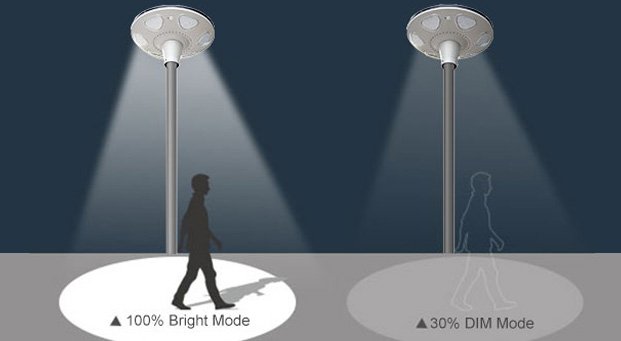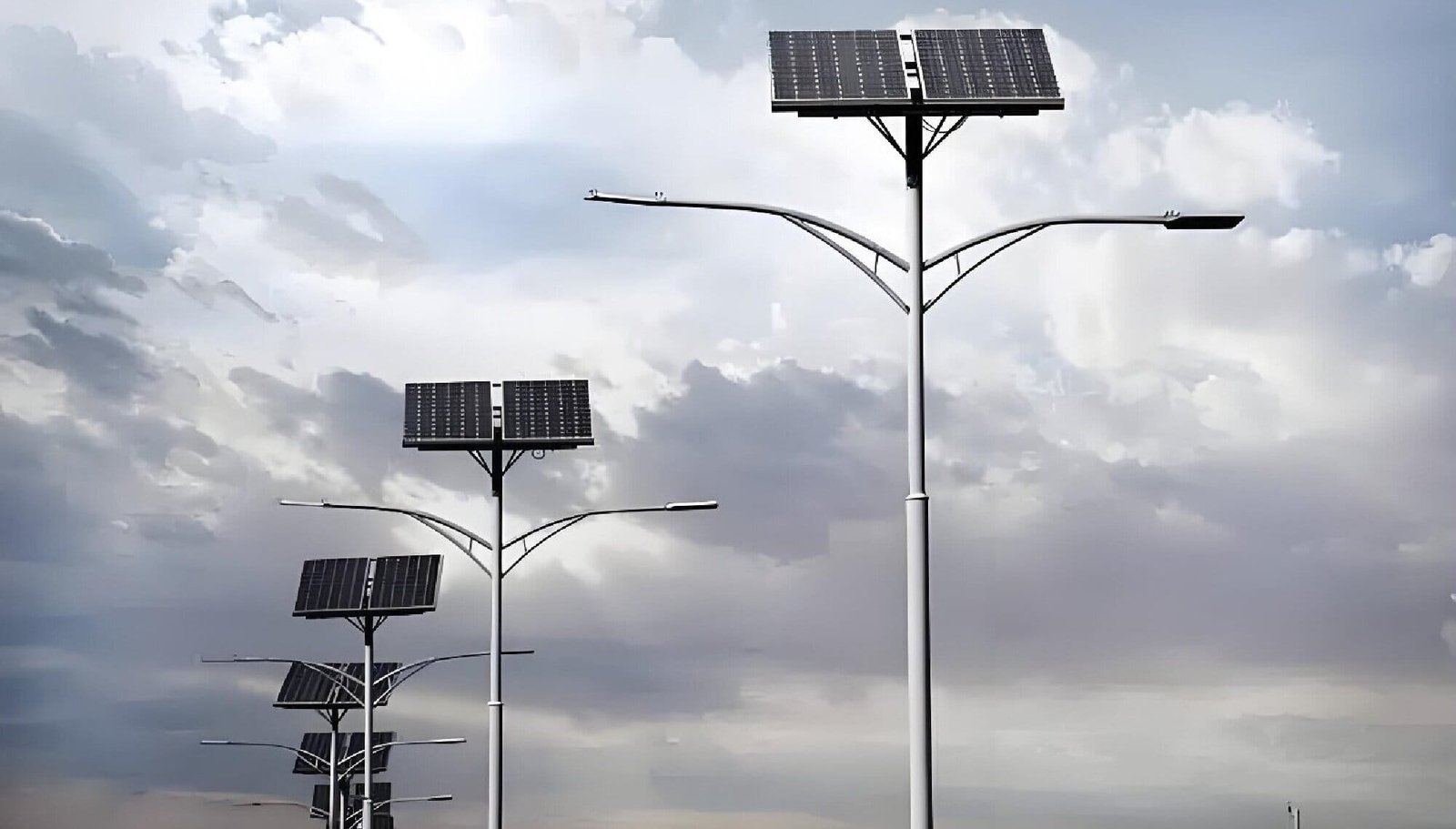In recent years, the global demand for renewable energy has surged, and solar street lights have emerged as a popular green lighting solution. However, many customers face challenges when selecting or planning solar street lights:Are they reliable? Can they withstand varying weather conditions? Will future innovations enhance their value?
The future of solar street lights lies advanced battery technologies and innovative designs that solve performance, durability, and cost-efficiency concerns, providing customers with high-value sustainable lighting solutions.
Let’s explore the advancements and applications shaping the future of solar street lights to address these key pain points.
Advances in Solar Street Light Technology
Solar street light technology is evolving rapidly, becoming more efficient, intelligent, and user-friendly. Below are the major areas of improvement:
Innovations in Battery Technology
Pain Point: The performance and lifespan of solar street lights are often limited by battery technology. Traditional lead-acid batteries have a short lifespan and require frequent maintenance, increasing customer costs.
Battery technology has undergone significant advancements, particularly with the adoption of lithium-ion batteries, revolutionizing performance and reliability.
Major Advancements in Battery Technology
-
Lithium-Ion Batteries:
- Higher energy density supports longer operating hours.
- Lifespan is 2-3 times longer than lead-acid batteries, reducing replacement costs.
- Lightweight and compact design, making installation and maintenance easier.
-
Emerging Battery Technologies:
- Solid-State Batteries:Offer higher safety and durability, reducing risks like fire.
- Flow Batteries: Provide scalability for larger lighting systems.
Customer Benefits
- Extended lighting hours, even during cloudy or rainy weather.
- Lower maintenance needs, saving operational costs.
- Improved adaptability to extreme environmental conditions.
Innovative Lighting Design
Pain Point: Many solar street lights suffer from limited brightness, narrow coverage, and generic designs, failing to meet diverse customer needs.
Innovative lighting designs are addressing these issues, improving both functionality and aesthetics.
Highlights of Design Innovations
-
LED Technology:
- Delivers higher brightness with lower energy consumption.
- Offers customizable color temperatures for various applications.
-
Reflective Panels and Broader Coverage:
- Enhance visibility from multiple angles, ensuring safety for pedestrians and drivers.
- Extend coverage areas, reducing the number of lights required.
-
Customizable Aesthetics:
- Tailored designs to blend harmoniously with urban or rural environments.
- Versatile applications for residential, municipal, and commercial spaces.
Customer Benefits
- Deliver higher-quality lighting, improving nighttime environments.
- Add visual appeal to public spaces or residential areas.
- Reduce installation costs by requiring fewer lighting units.
Applications and Customer Benefits
The advancements in solar street light technology are creating value for diverse users. Below are key application scenarios and their benefits:
For Municipalities
- Cost Savings: Reduced electricity bills and lower maintenance expenses make large-scale deployment affordable.
- Improved Public Safety: Reliable lighting reduces accidents and crime rates in poorly lit areas.
For Businesses and Homeowners
- Energy Efficiency: Lower electricity bills with consistent lighting performance.
- Eco-Friendly Branding: Showcase commitment to sustainability, enhancing customer trust.
- Property Value: Boosts the attractiveness and functionality of properties.
Broader Accessibility
Technological progress is lowering production costs, making solar street lights practical for remote and underserved regions. Even budget-conscious customers can now benefit from reliable solar lighting.
Future Outlook
The future of solar street lights is promising, combining technological innovation with sustainable urban and rural development strategies.
Key Trends to Watch
- Enhanced Battery Technologies: Improved performance and reliability to meet diverse demands.
- Smart City Integration: Networked lighting systems for optimized energy management.
- Weather-Resistant Designs: Increased durability to withstand extreme climates.
Opportunities for Innovation
- Collaboration between technology developers and city planners to create comprehensive solutions.
- Adoption of hybrid systems, such as combining solar and wind energy, for continuous functionality.
Conclusion
Solar street lights represent the future of sustainable lighting, combining cutting-edge technology with practical applications. Innovations in batteries, smart controls, and design are making them smarter, more efficient, and widely accessible.
Whether you are a municipality, a business owner, or a homeowner, investing in solar street lights is a step toward a brighter and greener future. Now is the perfect time to embrace this transformative technology!





